By Susanne von Rosenberg, UC Master Gardener of Napa County
One of the challenges many gardeners face is how to make shady spots look good. Fortunately, many beautiful, flowering native plants thrive in shade.
When you are planning your shade garden, analyze what kind of shade you're dealing with. Is it deep, all-day shade, such as in a redwood or pine forest? Do you have full shade for part of the day from a fence or other structure, and then sun the rest of the day? Perhaps you have dappled shade from leafy trees with loose foliage or a trellis?
Different plants are appropriate for each type of shade. Also, do you have dry or moist shade? If your shady area has moist soil, you have the most choices. Even if you have dry shade, though, as many of us do, there are lovely, colorful choices.
Native plants suitable for shady areas range from low-growing ground covers to understory trees, such as dogwoods, that can grow up to 15 feet tall. Some are even deer resistant. To expand your options in dry shade areas, you can provide drip irrigation for plants needing some supplemental water. It's also a good idea to mulch your shade garden toward the end of the rainy season to retain as much soil moisture as possible.
For ground covers for dry areas, consider coyote mint (Monardella villosa) and hummingbird sage (Salvia spathacea). Coyote mint grows one to two feet tall and has a light minty fragrance with light purple globe-shaped flowers. Butterfly mint bush (Monardella subglabra) has deeper purple flowers. Hummingbird sage ranges in height from a few inches tall to those with flower spikes six feet tall. The flowers are typically red or pink.
Wild ginger (Asarum caudatum) and wood strawberries (Fragaria californica) are more suited to moist areas, but both can do well in dryer areas with a little supplemental water. Wood strawberry plants grow four to eight inches tall. The fruits are small but delicious. Wild ginger benefits from a rinse every so often in summer to simulate the fog drip of its native coastal forest habitat. Wild ginger has heart-shaped dark green leaves and unusual flowers. It has a light ginger-like fragrance, and reportedly the roots can be used as ginger.
Yerba buena (Satureja douglasii) has similar growing requirements to wild ginger. It grows four to eight inches tall and has small white flowers. It is lightly fragrant and makes a lovely herbal tea. Yerba Buena Island in the San Francisco Bay was named for its large areas of Satureja douglasii.
Many native bushy plants are adapted to shade. California monkeyflower, many currants and gooseberries (Ribes spp.) and cream bush (Holodiscus discolor) are all great choices. There are two genuses of California monkeyflower\s, diplacus and mimulus. Diplacus species are adapted to dry rocky slopes and therefore drought tolerant. Mimulus species are adapted to moist locations and need consistent moisture. Both come in a range of blossom colors, including yellow, white and red.
Our native ribes include species that flower in white, pink, yellow, and maroon with white. With sufficient water, ribes plants will grow between five and eight feet tall. I have a golden (yellow-flowered) and a pink-flowered currant bush in my yard. They bloom in spring and are gorgeous. The fruit is edible.
Ribes are summer-deciduous, meaning that if they do not get enough water, they will shed their leaves in the summer. You can plant them 10 to 15 feet from an irrigated area, and that will supply enough water to let them keep their leaves.
Cream bush (also called ocean spray and California spiraea) grows up to 6 feet tall and has beautiful 5-inch-long clusters of white flowers. I've added it to my list of plants to try. The growing notes caution that it has a lovely fragrance from 20 to 30 feet away, but that it smells like “old newspapers” close up. While I'm still trying to puzzle out how this is possible, I would definitely follow the recommendation to plant it 20 or more feet away from your house and garden areas you hang out in.
Finally consider native honeysuckles (Lonicera spp.) and California pipevine (Aristolochia californica) for flowering vines for a shady area. California honeysuckles are not aggressive and like to grow into and through other bushes. There are species adapted to both moist and dry areas and different shades of flowers. Without support, California honeysuckle acts like a groundcover. Pipevine is deciduous and fairly drought tolerant (but can also tolerate moist soils). It has very unusual flowers that are about 1 inch long and shaped like a small pipe. Larva of pipevine swallowtail butterflies live on this vine.
Before you decide to plant any of these plants in your garden, review the growing requirements to make sure they're a good fit for what you have in mind. With a little research, you will find many other options as well.
Food Growing Forum: Second Sunday of the month through November. Sunday, February 14, 3 pm to 4 pm: “Seed Starting.” Register to get Zoom link: https://ucanr.edu/survey/survey.cfm?surveynumber=32602
Napa Library Talks: First Thursday of each month. Thursday, March 4: “Composting at Home.” Register to get Zoom link. https://ucanr.edu/survey/survey.cfm?surveynumber=32577
Got Garden Questions? Contact our Help Desk. The team is working remotely so please submit your questions through our diagnosis form, sending any photos to mastergardeners@countyofnapa.org or leave a detailed message at 707- 253-4143. A Master Gardener will get back to you by phone or email.
For more information visit http://napamg.ucanr.edu or find us on Facebook or Instagram, UC Master Gardeners of Napa County.
Attached Images:
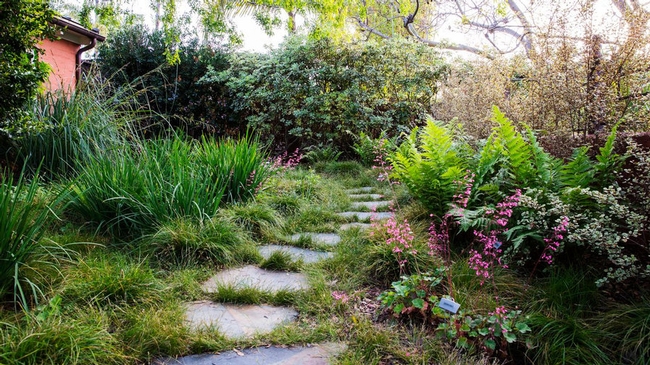
Shady garden (sunset.com)
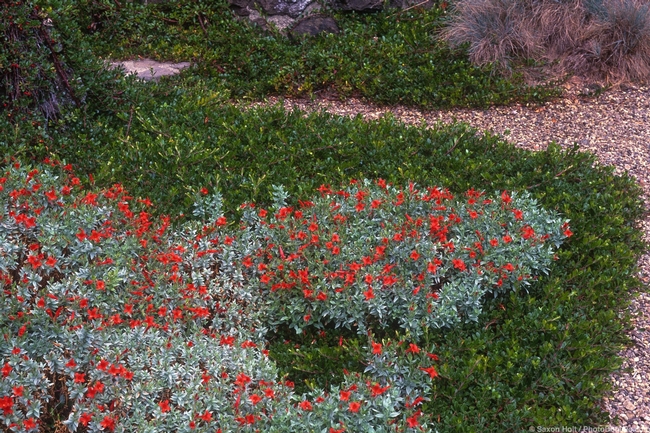
California native plant ground cover. (summer-dry.com)
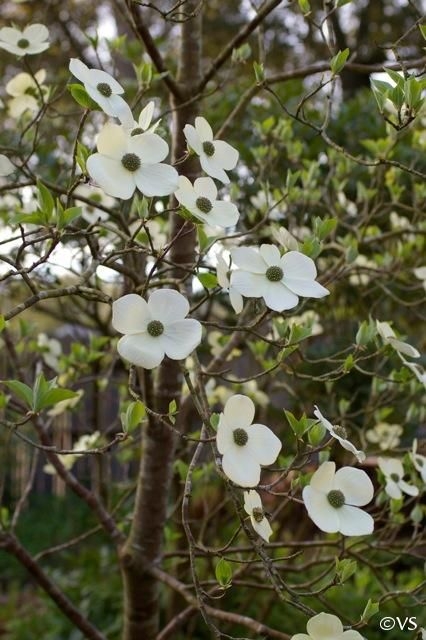
Dogwood. (pinterest.com)
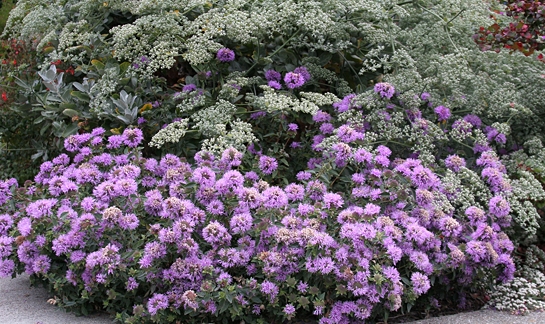
Coyote mint. (anniesannuals.com)
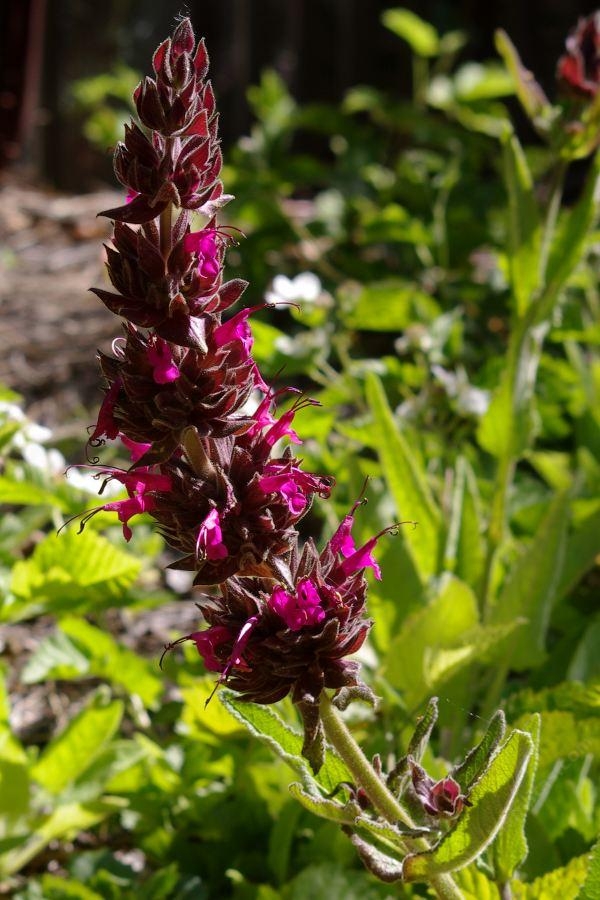
Hummingbird sage. (laspilitas.com)
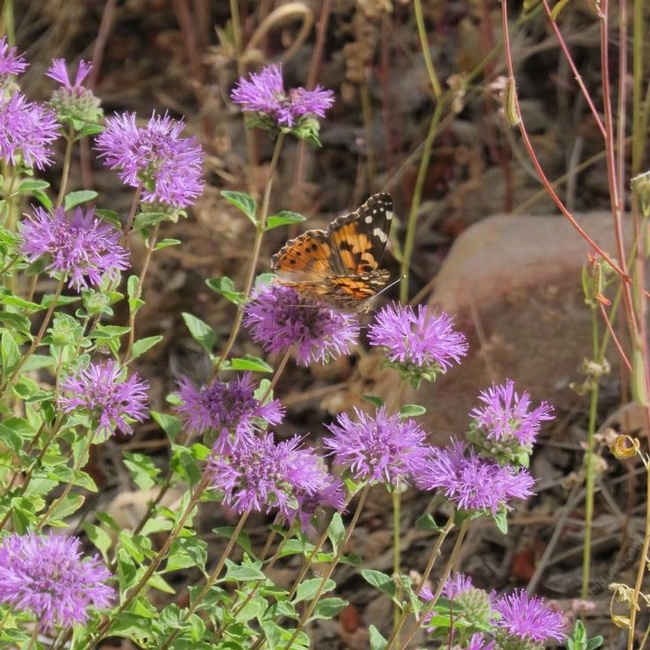
Butterfly mint bush (pinterest.jp)
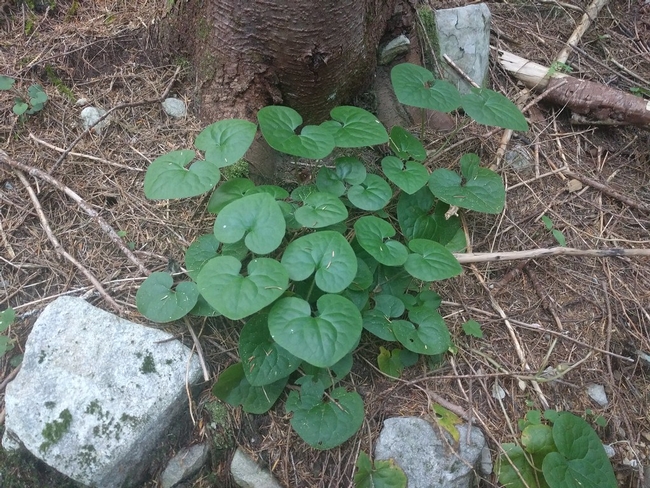
Wild ginger, leaves. (flickr.com)
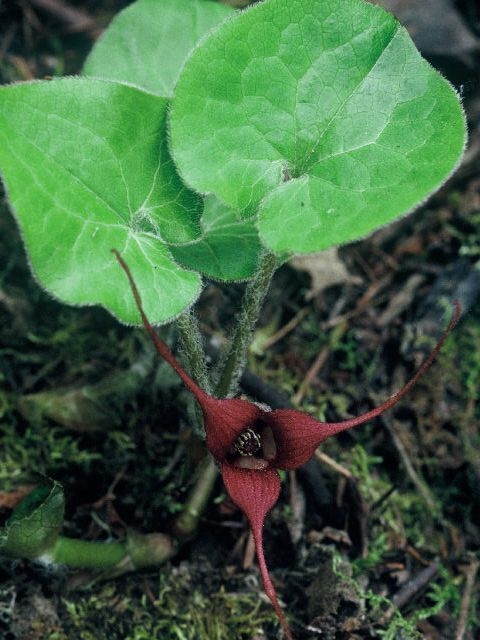
Wild ginger, bloom--it's very small. (pinterest.com)
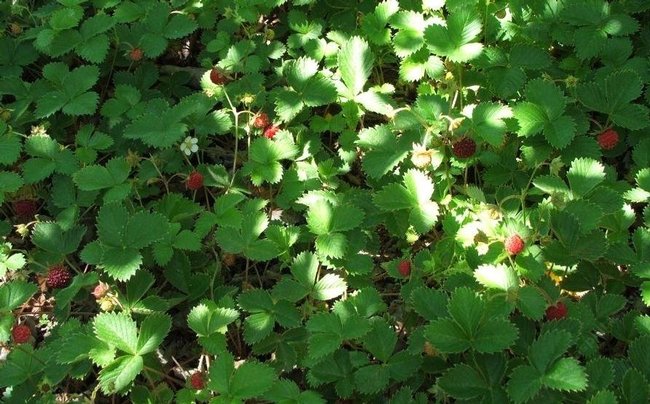
Wood strawberry. (laspilitas.com)
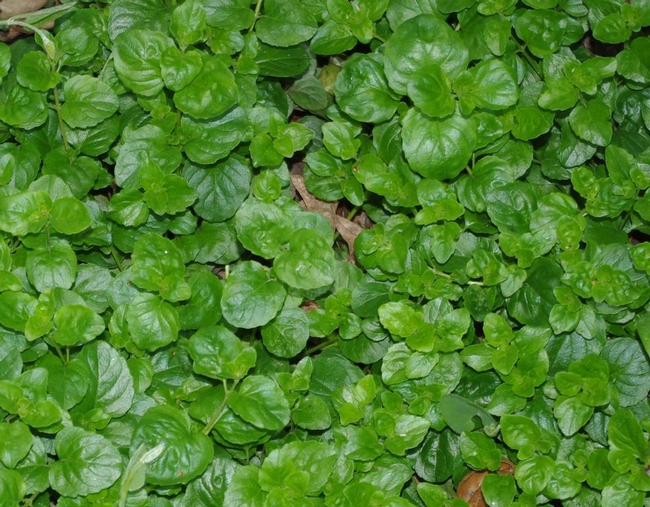
Yerba buena. (laspilitas.com)
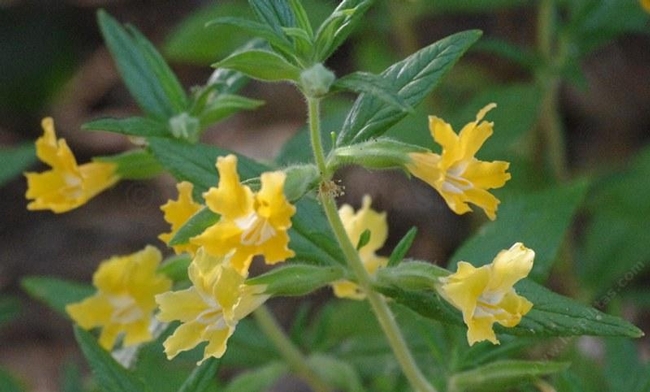
Monkey flower, Diplacus spp. (laspilitas.com)
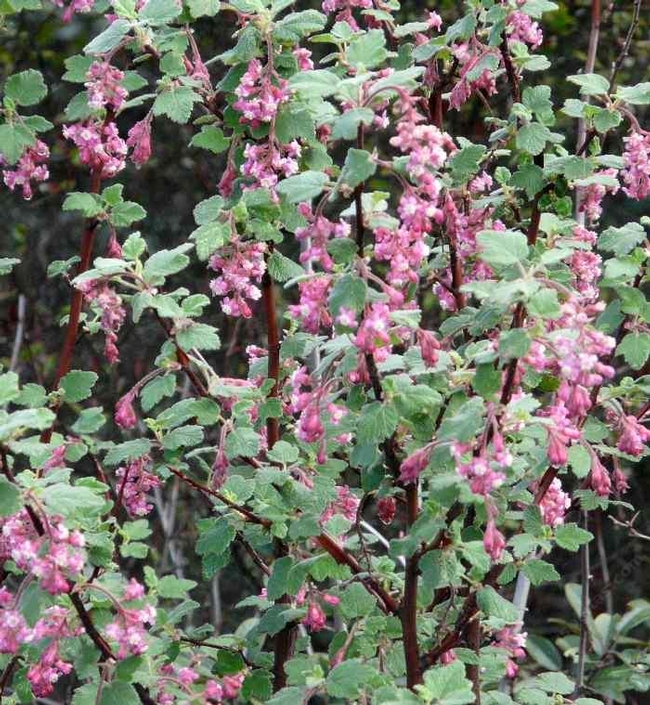
Ribes spp. (laspilitas.com)
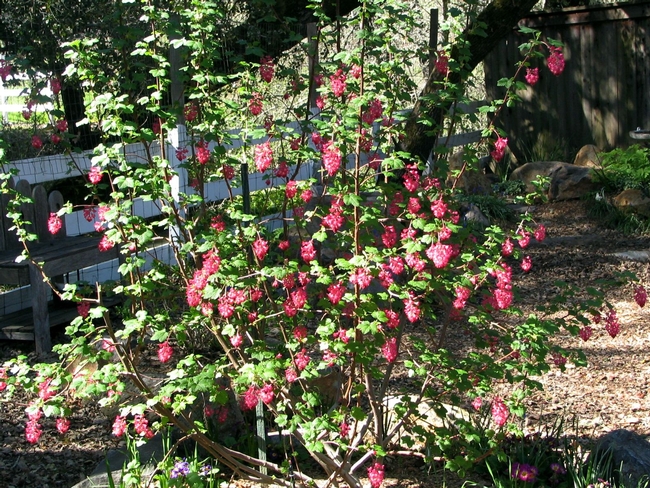
Red flowering currant. (pinterest.com)
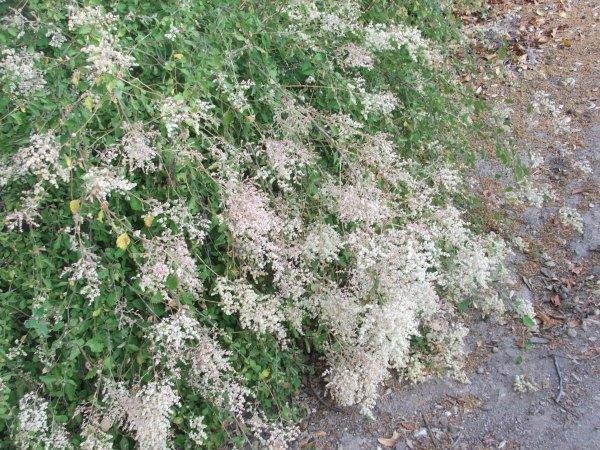
Cream bush. Ocean spray. California spiraea. (laspilitas.com)
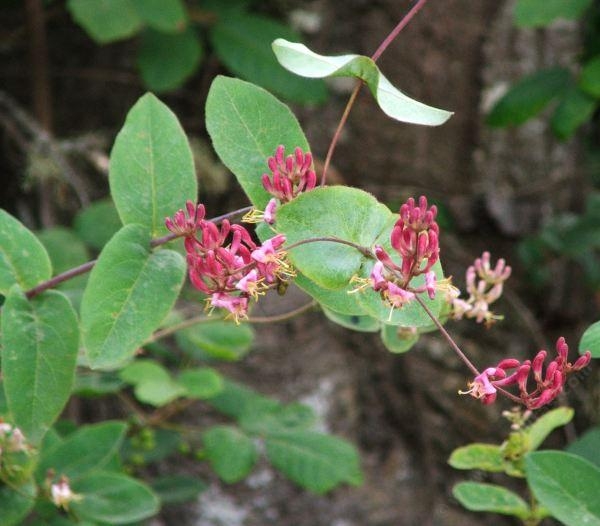
California honeysuckle. (laspilitas.com)
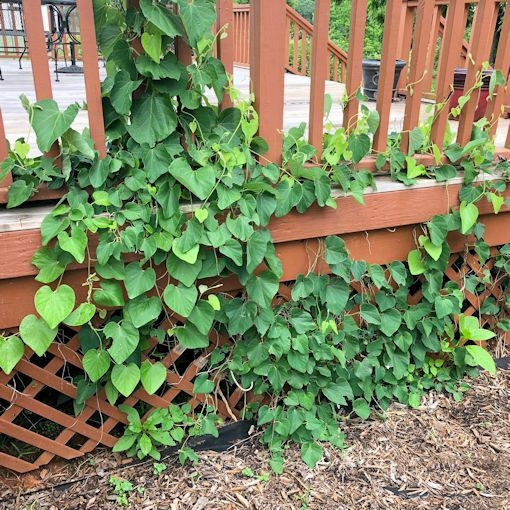
Pipevine, leaves. (joyfulbutterfly.com)
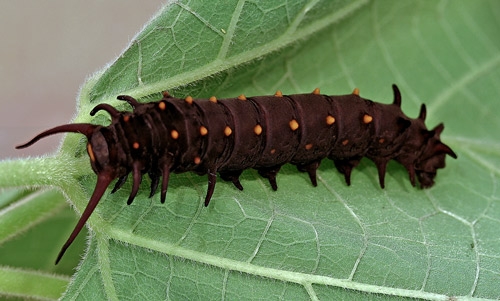
Pipevine with Pipevine caterpillar--if you look really carefully on the leaves or underside of the leaves. (butterflyidentification.com)
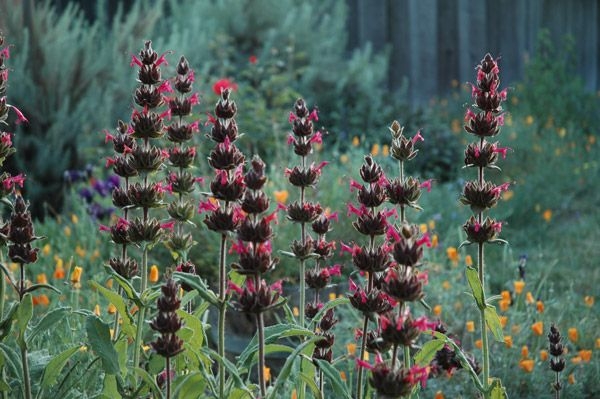
Hummingbird sage. (pinterest.com )